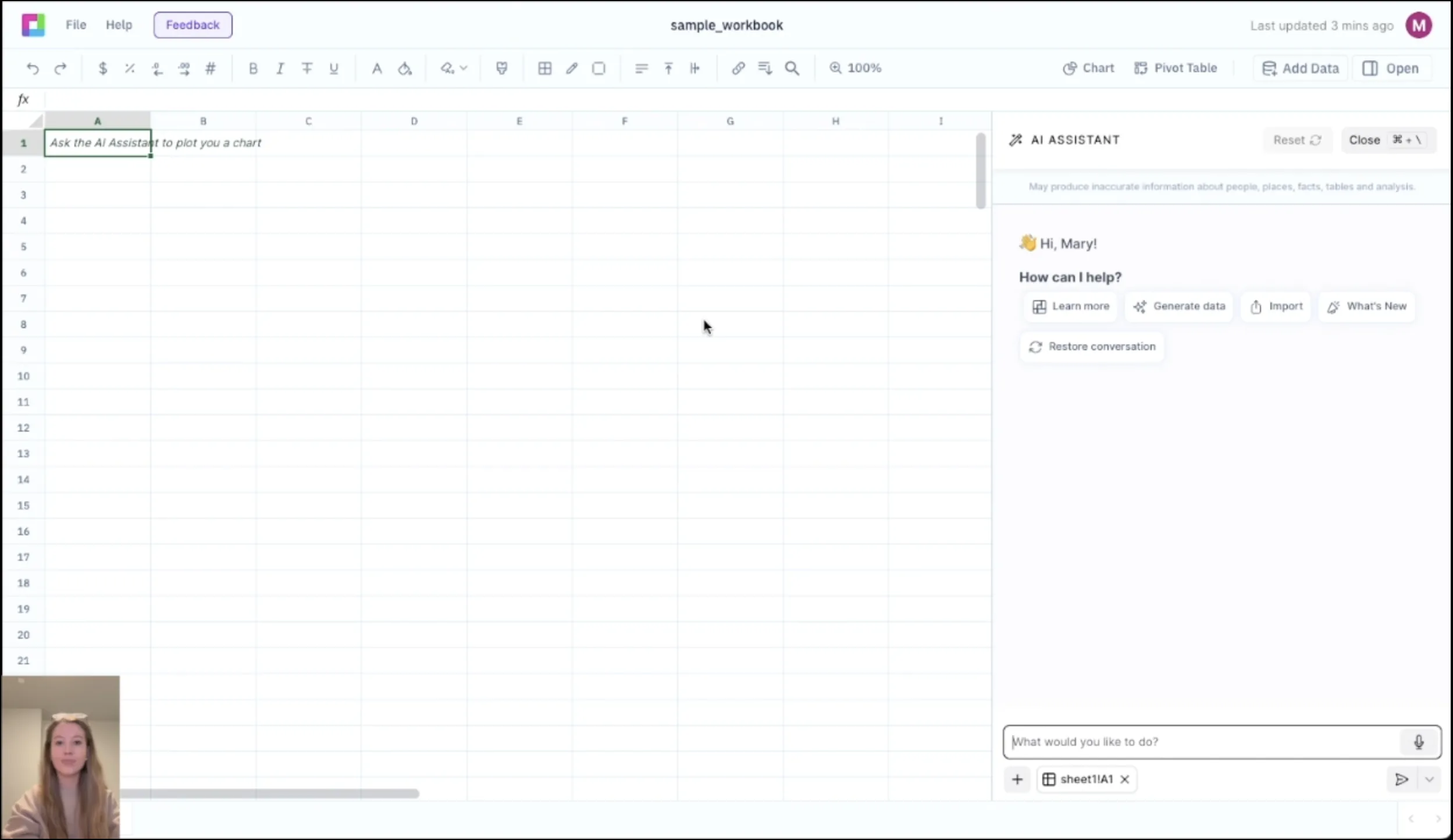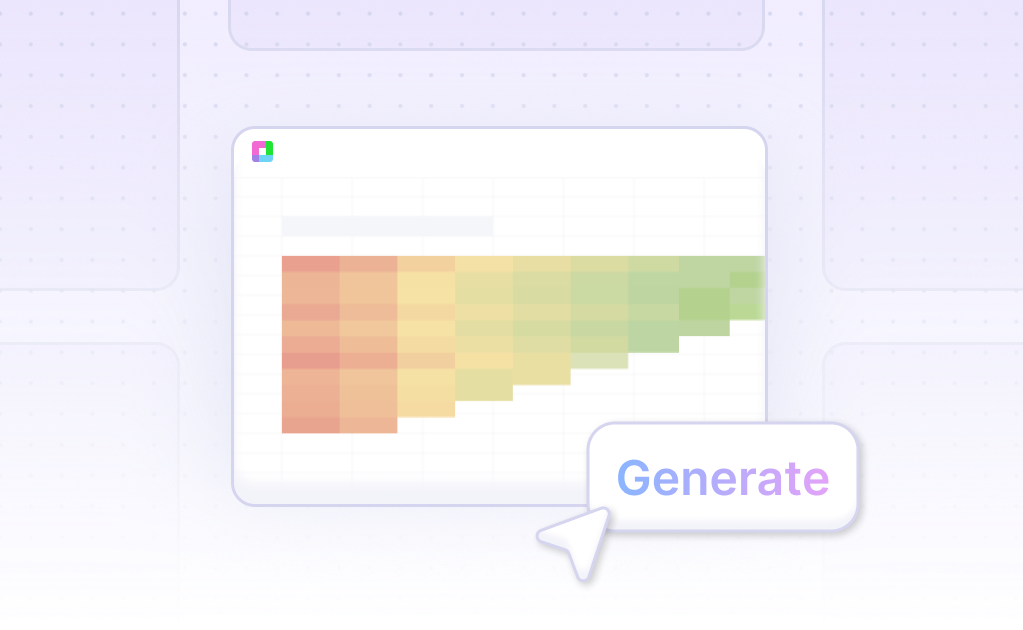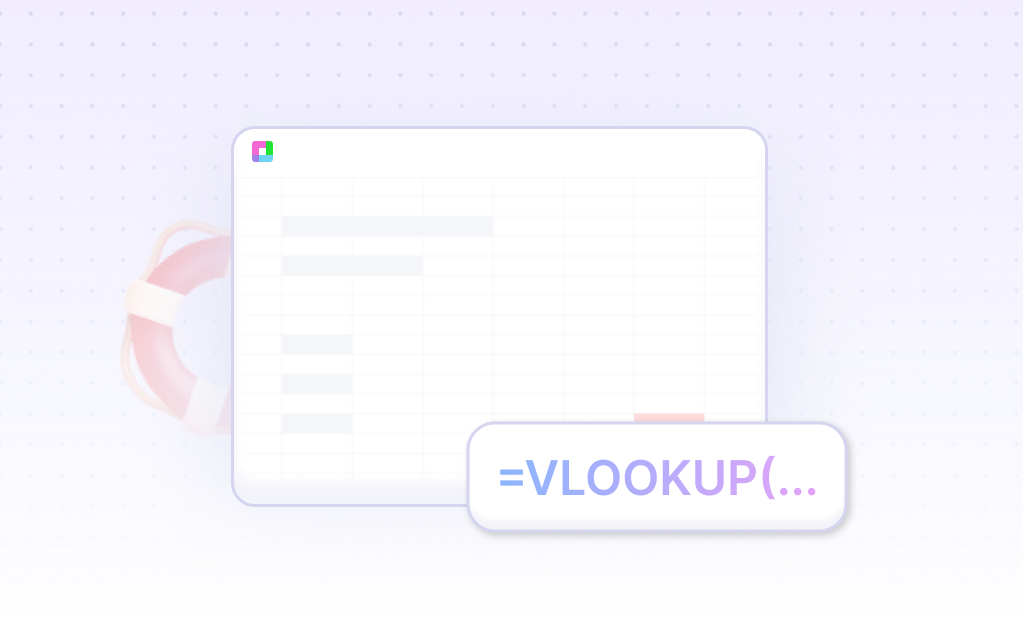
Master Earnings Analysis with Professional Revision Tracking
Earnings revision tracking is crucial for equity research and investment decision-making, providing insights into analyst sentiment, earnings momentum, and potential stock price catalysts. Our Earnings Revision Tracking template provides comprehensive tools to track estimates, analyze revisions, and identify investment opportunities with institutional-quality analytics.
From consensus tracking to revision momentum, optimize earnings analysis. Built for equity research analysts, portfolio managers, and institutional investors, this template helps you track earnings estimates, analyze revision patterns, and identify investment catalysts.
Comprehensive Earnings Estimate Tracking
Consensus Estimates & Tracking
Track consensus earnings estimates with mean, median, and range analysis across multiple time periods. Monitor estimate changes and analyst participation levels.
Individual Analyst Tracking
Track individual analyst estimates with revision history, accuracy metrics, and timeliness analysis. Identify leading analysts and estimate quality indicators.
Historical Accuracy Analysis
Analyze historical estimate accuracy with bias analysis, forecast errors, and seasonal patterns. Track consensus accuracy and improvement trends.
Earnings Surprise Analysis
Analyze earnings surprises with beat/miss patterns, surprise magnitude, and stock price reactions. Track surprise frequency and market impact.
Earnings Revision Analysis & Momentum
Revision Momentum Indicators
Calculate revision momentum indicators including revision ratios, breadth measures, and magnitude analysis. Track positive and negative revision trends.
Estimate Dispersion Analysis
Analyze estimate dispersion with standard deviation, range analysis, and consensus stability metrics. Identify estimate uncertainty and convergence patterns.
Revision Timing & Patterns
Analyze revision timing patterns with pre-announcement effects, quarterly cycles, and seasonal adjustments. Track revision clustering and herding behavior.
Price-Revision Relationship
Analyze relationship between earnings revisions and stock price movements. Calculate revision elasticity and price impact coefficients.
Frequently Asked Questions
How does it track consensus earnings estimates?
The template tracks consensus estimates with mean, median, and range analysis across multiple time periods. It monitors estimate changes, analyst participation levels, and consensus evolution.
Can it analyze individual analyst performance?
Yes, the template tracks individual analyst estimates with revision history, accuracy metrics, and timeliness analysis. It identifies leading analysts and estimate quality indicators.
How does it calculate revision momentum?
The template calculates revision momentum using revision ratios, breadth measures, and magnitude analysis. It tracks positive and negative revision trends and momentum indicators.
Does it analyze earnings surprises?
The template includes comprehensive earnings surprise analysis with beat/miss patterns, surprise magnitude, and stock price reactions. It tracks surprise frequency and market impact.
How does it relate revisions to stock prices?
The template analyzes the relationship between earnings revisions and stock price movements. It calculates revision elasticity and price impact coefficients.
Related Stock Market Tools
Connect your most-used data sources and tools to Sourcetable for seamless analysis.
Frequently Asked Questions
If you question is not covered here, you can contact our team.
Contact Us





